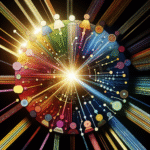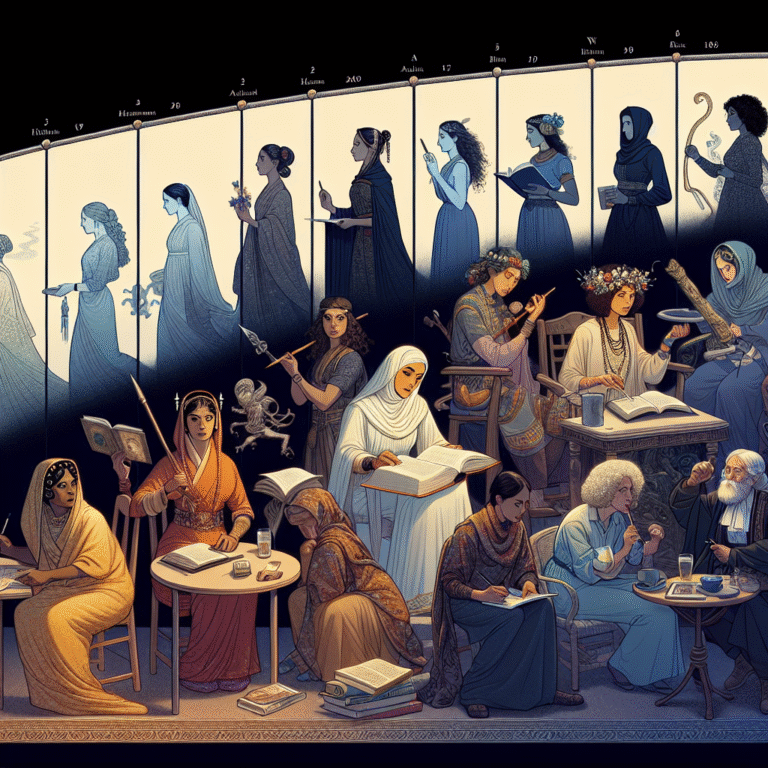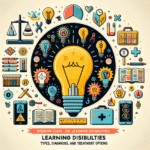
Introduction
In a world that has often viewed gender through a strictly binary lens, the evolving landscape of gender expression is nothing short of revolutionary. “Beyond the Binary: Celebrating Diverse Gender Expressions in Today’s Society” is not just a phrase; it is a powerful movement advocating for recognition and acceptance of the myriad ways individuals identify and express their genders. As society becomes increasingly aware of and sensitive to these diverse expressions, it enriches the cultural fabric that binds us. This article delves into the myriad forms of gender expression, celebrates the journeys of individuals who challenge traditional norms, and encourages a more nuanced understanding of gender as an expansive spectrum rather than a binary box.
The Historical Context of Gender Expression
For centuries, most cultures have adhered to a binary view of gender, classifying individuals strictly as male or female based on biological characteristics. This simplistic approach to gender identity has historically marginalized anyone who deviates from this norm. However, anthropological studies reveal that many cultures have recognized diverse gender roles long before contemporary discussions on gender identity began.
- Case Study: Two-Spirit People in Indigenous Cultures
Historically, many Indigenous cultures in North America have recognized Two-Spirit individuals, a term encompassing various gender identities that blend both male and female traits. The Two-Spirit identity illustrates how diverse gender expressions have existed for centuries, often serving significant roles within their communities. Introducing modern society to such concepts emphasizes the importance of understanding and acceptance in our search for inclusivity.
The Spectrum of Gender Identity
By recognizing that gender exists on a spectrum, we open ourselves to a more inclusive society. The gender spectrum includes identities such as:
- Agender: Individuals who identify as having no gender.
- Genderqueer: Those who do not subscribe to conventional gender distinctions.
- Non-binary: People who may identify as neither exclusively male nor female, or a blend of both.
- Genderfluid: Those whose gender identity may vary over time or in different contexts.
Understanding these identities is crucial to the conversation surrounding "Beyond the Binary: Celebrating Diverse Gender Expressions in Today’s Society." It encourages individuals to explore their own identities while fostering acceptance in others.
The Language of Gender
Language plays a vital role in how we express and understand gender. Utilizing inclusive language can significantly impact individuals feeling recognized in their identities. Terms like "they/them" pronouns provide individuals with the flexibility to express their gender without conforming to binary expectations.
- Chart: Common Pronouns and Gender Identities
| Pronouns | Gender Identities |
|---|---|
| He/Him | Male |
| She/Her | Female |
| They/Them | Non-binary/Agender |
| Ze/Hir | Genderqueer |
This chart depicts common pronouns used in conjunction with various gender identities, facilitating a deeper understanding of how language shapes our perception of gender.
Real-World Applications: Policies and Practices
As society progresses towards inclusivity, various organizations are adopting policies that support diverse gender expressions. Forward-thinking companies are recognizing that inclusivity enhances not only workplace morale but also productivity and innovation.
- Case Study: Gender Neutral Bathrooms
Many universities and corporate offices now include gender-neutral bathrooms in their facilities. This initiative acknowledges the experience of transgender and non-binary individuals, ensuring that everyone feels comfortable and respected in shared spaces. The implementation of such policies benefits all employees by fostering an atmosphere that prioritizes comfort and respect.
Celebrating Diverse Representations in Media
Media representation plays a crucial role in shaping societal views on gender identity. Increasingly, films, television shows, and literature showcase characters who embody diverse gender expressions, challenging the conventional portrayal of gender.
- Case Study: Television Representation
Shows like "Pose" and "Billions" portray transgender and non-binary characters, providing viewers with relatable representations that contribute to a broader understanding of gender diversity. Such portrayals encourage dialogue and connect with audiences who may be unfamiliar with these identities.
The Impact of Activism
Activism has been pivotal in advancing the conversation around gender expression. From pride marches to social media campaigns, activists amplify voices that have traditionally been marginalized.
- Case Study: The Stonewall Riots
The Stonewall Riots of 1969 marked a watershed moment in the LGBTQ+ rights movement, providing momentum for future activism advocating for the rights of transgender and non-binary individuals. The resilience shown during these events continues to inspire current advocates who fight for equality and respect.
The Importance of Community Support
Building a supportive community is essential for individuals exploring their gender identities. Support groups and resources can provide valuable spaces for individuals to share their experiences, learn, and grow together.
- Case Study: Local Support Networks
Many cities have community organizations that offer services tailored to the LGBTQ+ population. These organizations create safe spaces for discussion, workshops, and celebrations, emphasizing the significance of community support in fostering acceptance and understanding.
Addressing Common Myths and Misconceptions
Creating a more inclusive society requires addressing common misconceptions surrounding gender identity.
Myth: Gender is solely determined by biological sex.
Truth: Gender is a complex interplay of biology, identity, culture, and individual experience.Myth: Non-binary identities are just a phase.
Truth: Non-binary individuals often find authentic identity outside the male-female binary, which is a legitimate expression of self.- Myth: Gender expression and sexual orientation are interchangeable.
Truth: Gender expression pertains to how one presents their gender, while sexual orientation refers to who one is attracted to.
By debunking these myths, we can create a more informed and compassionate society.
Benefits of Inclusivity
Embracing diverse gender expressions goes beyond mere acceptance; it promotes mental health and well-being. Studies show that individuals who feel accepted and validated in their identities are significantly less likely to experience anxiety and depression.
- Table: Health Outcomes Associated with Gender Inclusivity
| Demographic | Positive Outcomes |
|---|---|
| Transgender Youth | Lower rates of depression |
| Non-binary Individuals | Higher self-esteem |
| Gender-expansive adults | Increased life satisfaction |
By acknowledging the psychological benefits of inclusivity, we not only uplift marginalized communities but also enrich society as a whole.
Conclusion
The need for understanding and embracing diverse gender expressions is more vital than ever. “Beyond the Binary: Celebrating Diverse Gender Expressions in Today’s Society” invites us to envision a world where everyone has the freedom and support to express their true selves without fear or prejudice.
We each have the power to contribute to this movement by educating ourselves, supporting inclusive policies, and advocating for those whose voices are often silenced. Let us celebrate the beauty of diversity and the power of expression.
FAQs
What does non-binary mean?
Non-binary refers to gender identities that are not exclusively male or female. Non-binary people may identify as both, neither, or somewhere along the gender spectrum.How can I support a friend who identifies as non-binary?
Listen and use their preferred pronouns. Encourage open conversations about their experiences, and educate yourself on the diverse aspects of gender identity and expression.What are some common misconceptions about transgender individuals?
Some misconceptions include the belief that being transgender is a choice or that all transgender individuals undergo surgery. In reality, being transgender is about self-identification, and not all will pursue medical transition.Why is gender-neutral language important?
Gender-neutral language creates an inclusive environment where everyone feels recognized and respected, irrespective of their gender identity.- How can I become more informed about gender diversity?
Attend workshops, read literature by diverse authors, follow relevant social media accounts, and engage with communities that specialize in gender conversation.
By embracing the concept of "Beyond the Binary: Celebrating Diverse Gender Expressions in Today’s Society," we can cultivate a culture of acceptance, understanding, and strength that uplifts all individuals, allowing their true selves to shine.
















